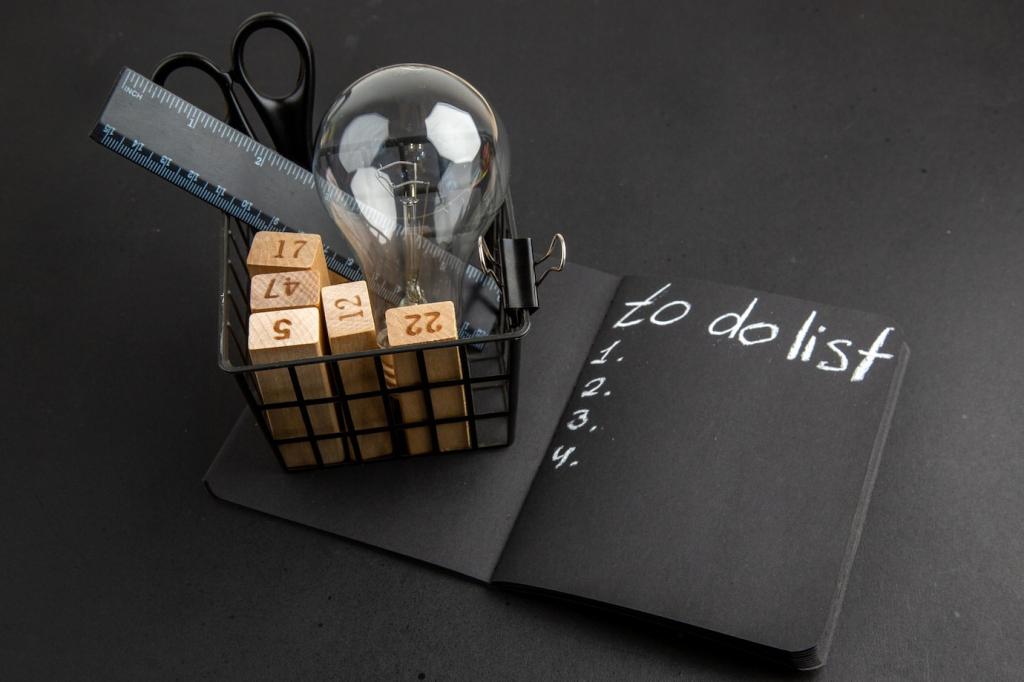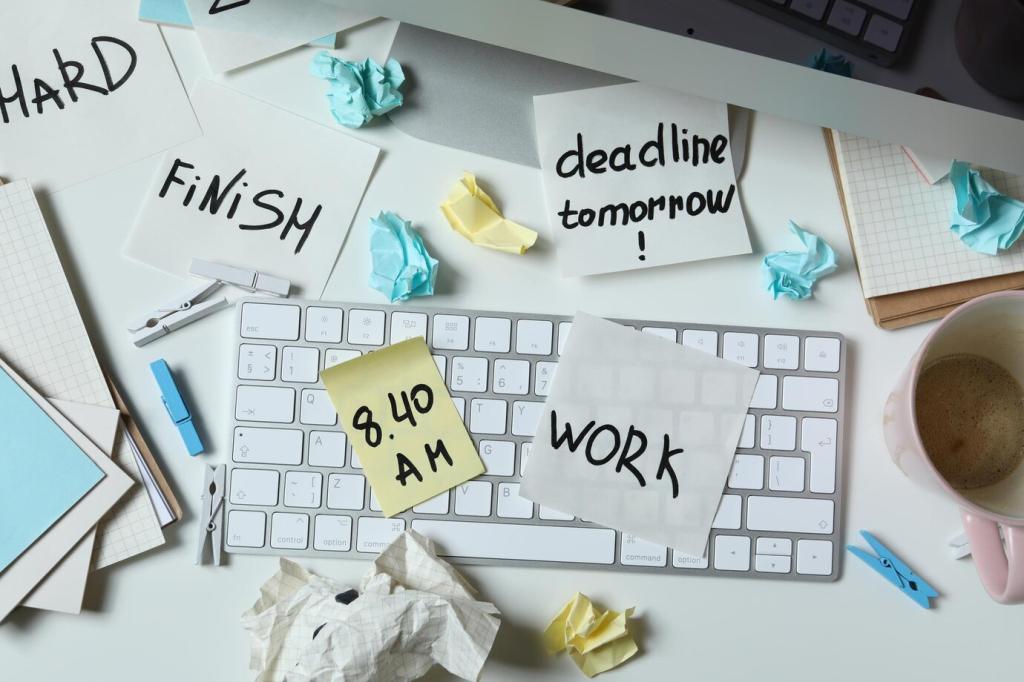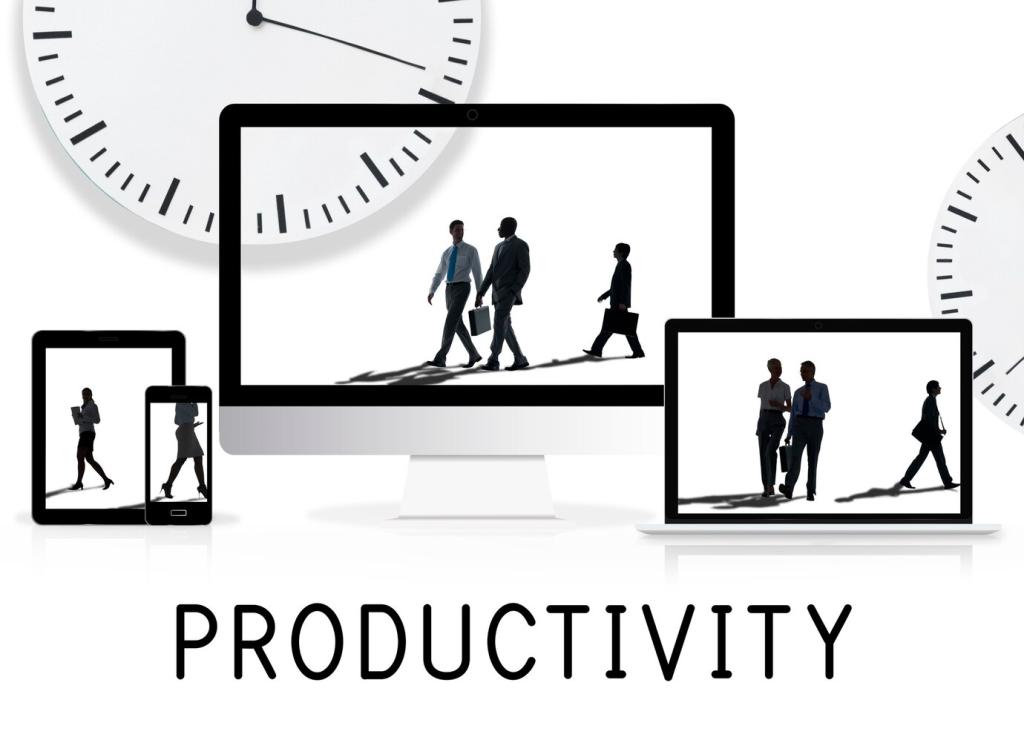Environmental Cues: Make Focus Automatic
Use warm morning light for planning and brighter, cooler light for analytical work. Pair with a consistent soundscape—brown noise, soft jazz, or silence. Jorge switched to brown noise and cut interruptions by half. Share your favorite focus sound.
Environmental Cues: Make Focus Automatic
Assign zones: deep work at the main desk, calls by the window, admin at a side table. Purpose-driven placement reduces cognitive switching. A simple floor mat can mark a standing zone. How might you zone your space this week?








